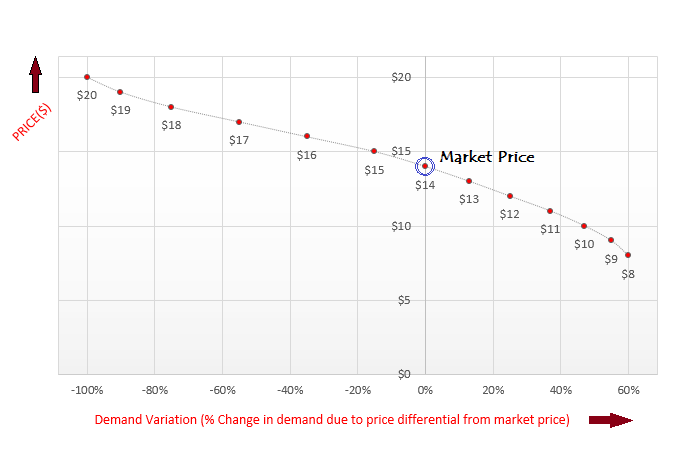The Simulation Code and Teacher Password was provided to you during purchase. Please check your registered e-mail.

The Storyline 1/3

The Storyline 2/3

The Storyline 3/3
Instructions to the Teacher/ Facilitator:
1. The teacher is the main facilitator of the simulation, and is entrusted with the controls of the simulation game. The simulation cannot be run without the teacher, who reins the controls for the simulation setup, and the simulation run.
2. The first task for the teacher to enable students play the simulation, is to provide them the simulation code. Each student simulation code is unique and restricted to a limited number of licensed student users during purchase. Please ensure that the simulation code is shared only with your class. Once a student submits the simulation code along with his / her name and registered email ID, one user license for simulation play is uniquely attributed to the student. The student can access the simulation play from only one device at a time.
3. The second task for the teacher is to setup the simulation. This can be done from the "SETUP SIM" tab on this page. The teacher can set the simulation for "Open to Play" or "Reset a run" to restart play for a class.
4. The third task for the teacher is to run and control the simulation game. For this, the teacher has to: [1] Enter the weekly demand value. [2] Monitor the player status in the dashboard titled "Player Status/ Leader-board" to ensure that all players are making the entries during weeks of play. The recommend run for the simulation is 12-18 weeks of play for a 60 minute class. The teacher can expect a learning curve from the players, and slower runs during the first couple of weeks.
5. The teacher may reinforce the briefing instructions during play, such as the ordering lead time, types of costs and the objective of the game.
6. The teacher may switch between the tabs (briefing, setup sim, and results) during the course of the simulation to refer to the briefing guidelines, setup and enter order values, track player status / costs, or to see the visual graphs in the results page.
7. The simulation ends with a debrief by the facilitator on [1] Market Dynamics, [2] Pricing decisions considering elasticity of demand, [3] Inventory management decisions, and analyzing what went right or wrong during the decision making process.
